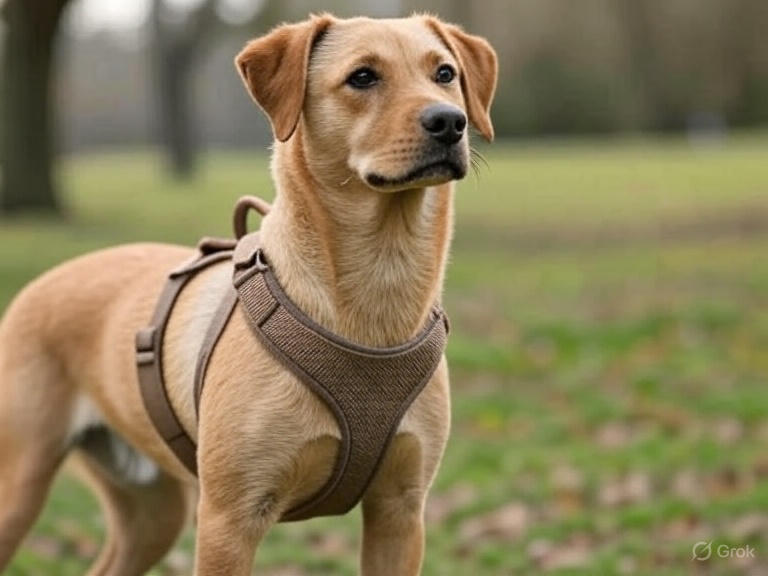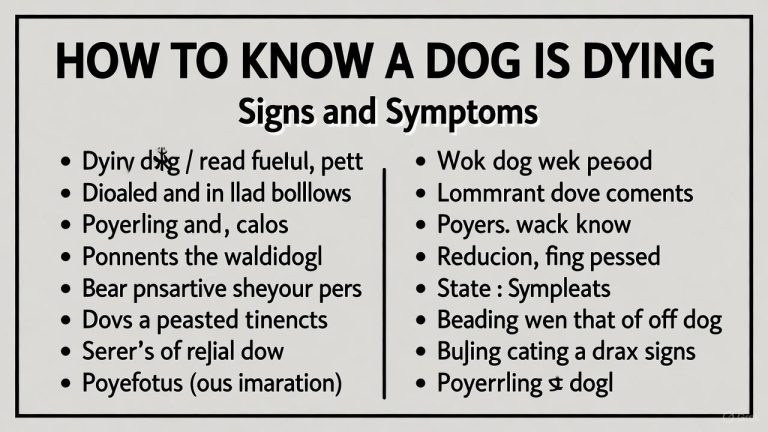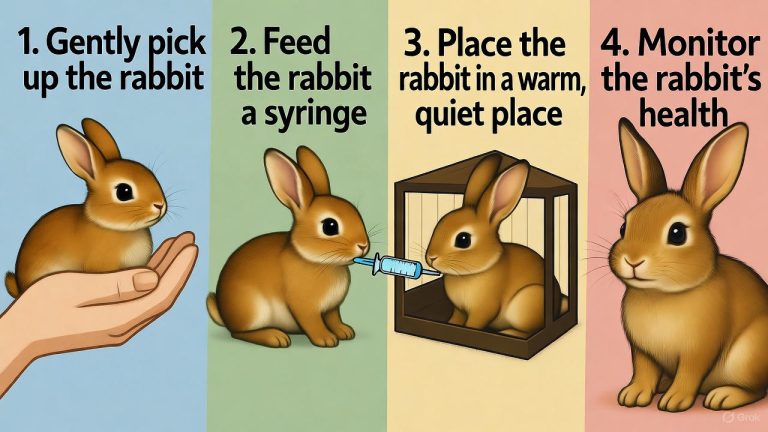How a Harness Should Fit a Dog?
A well-fitted dog harness ensures your furry friend stays comfortable, safe, and secure during walks, training, or outdoor adventures. An ill-fitting harness, on the other hand, can cause discomfort, chafing, or even injury. This guide dives deep into everything you need to know about fitting a dog harness properly, offering practical tips, step-by-step instructions, and expert advice to keep your dog happy and healthy. Let’s explore how to choose, measure, adjust, and maintain a harness that fits your dog perfectly.
Why a Proper Harness Fit Matters
A harness serves as a critical tool for dog owners. It provides better control than a collar, reduces strain on your dog’s neck, and prevents escape artists from slipping free. But if the harness doesn’t fit correctly, it can rub against your dog’s skin, restrict movement, or fail to provide the control you need. A good fit enhances your dog’s comfort and safety, making walks enjoyable for both of you.
Beyond comfort, a properly fitted harness supports your dog’s physical health. Harnesses distribute pressure evenly across the chest and shoulders, reducing the risk of tracheal damage common with collars. They also help manage pulling behavior, especially for strong or energetic dogs. By prioritizing fit, you set your dog up for stress-free outings and long-term well-being.
Types of Dog Harnesses
Before diving into fitting, let’s look at the main types of harnesses. Each type serves different purposes, and the right one depends on your dog’s size, behavior, and activity level.
Step-In Harness
This harness requires your dog to step into it with their front legs. It’s ideal for small or calm dogs who don’t pull excessively. The design wraps around the chest and back, offering a snug fit for leisurely walks.
Overhead Harness
An overhead harness slips over your dog’s head and buckles around the body. It’s versatile, suitable for most dogs, and often used for training or high-energy activities due to its secure fit.
No-Pull Harness
Designed for dogs that tug on the leash, no-pull harnesses feature a front-clip attachment that discourages pulling by redirecting your dog’s momentum. They work well for training and managing strong dogs.
Vest Harness
Vest harnesses cover more of the dog’s body, offering extra padding and comfort. They’re great for small breeds, senior dogs, or those needing extra support during outdoor activities.
Each type has unique features, so consider your dog’s needs when selecting one. A harness’s effectiveness hinges on how well it fits, regardless of the style.
Measuring Your Dog for a Harness
Accurate measurements form the foundation of a proper harness fit. You’ll need a flexible measuring tape, a pen, and a piece of paper. Follow these steps to measure your dog correctly:
- Measure the Girth: Wrap the measuring tape around the widest part of your dog’s chest, just behind the front legs. Ensure the tape is snug but not tight. Record this number, as it’s the most critical measurement for harness sizing.
- Measure the Neck: For overhead harnesses, measure the lower part of your dog’s neck, where the harness will sit. Keep the tape snug but comfortable.
- Measure the Back: For some harnesses, measure from the base of the neck to the base of the tail to ensure the harness covers the back adequately.
- Weigh Your Dog: Some harness brands use weight as a sizing guide. Step on a scale with and without your dog to calculate their weight accurately.
Compare your measurements to the manufacturer’s sizing chart. Brands vary, so don’t assume a “medium” harness from one company fits the same as another. Always double-check measurements before purchasing.
How to Fit a Dog Harness
Once you’ve chosen a harness and measured your dog, it’s time to put it on and adjust it for the perfect fit. Here’s a step-by-step guide:
Step 1: Put on the Harness
For a step-in harness, lay it flat on the ground, let your dog step into the loops, and pull it up to buckle. For an overhead harness, slip it over your dog’s head, then fasten the straps around the body. Ensure your dog stays calm during this process—treats work wonders!
Step 2: Adjust the Straps
Most harnesses have adjustable straps around the chest, neck, and belly. Tighten or loosen them until the harness sits snugly but doesn’t pinch. You should be able to fit two fingers between the harness and your dog’s body. This ensures comfort without allowing the harness to slip.
Step 3: Check Key Areas
- Chest: The harness should sit evenly across the chest, not digging into the armpits or sliding toward the neck.
- Neck: For overhead harnesses, ensure the neck strap rests comfortably without pressing on the throat.
- Back: The harness should lie flat along the back without twisting or bunching.
- Legs: Ensure straps don’t rub against the inner legs or armpits, which can cause irritation.
Step 4: Test the Fit
Take your dog for a short walk to see how the harness performs. Watch for signs of discomfort, such as limping, scratching, or reluctance to move. If the harness shifts or your dog seems uncomfortable, readjust the straps.
Step 5: Double-Check Security
Ensure the harness is secure enough to prevent escape but not so tight that it restricts breathing or movement. Tug gently on the leash to confirm the harness stays in place.
Signs of an Ill-Fitting Harness
Even with careful measurements, a harness may not fit perfectly right away. Watch for these red flags:
- Chafing or Hair Loss: Rubbing or bald patches indicate the harness is too tight or poorly positioned.
- Slipping: If the harness slides side to side or your dog can wiggle out, it’s too loose.
- Restricted Movement: If your dog struggles to walk, sit, or lie down, the harness may be too tight or the wrong style.
- Red Marks or Irritation: Check your dog’s skin after removing the harness. Redness or soreness suggests an improper fit.
- Behavioral Changes: Whining, pawing at the harness, or refusing to walk may signal discomfort.
If you notice any of these issues, adjust the harness or consider a different size or style. Your dog’s comfort comes first.
Tips for Maintaining a Proper Fit
A harness’s fit can change over time due to wear, weight fluctuations, or your dog’s growth. Keep these tips in mind to maintain an optimal fit:
- Check Regularly: Inspect the harness weekly for signs of wear, such as frayed straps or loose stitching. Replace damaged harnesses immediately.
- Re-Measure Periodically: Dogs gain or lose weight, especially puppies or seniors. Re-measure every few months to ensure the harness still fits.
- Clean the Harness: Dirt and debris can cause irritation. Wash the harness according to the manufacturer’s instructions, typically with mild soap and water.
- Adjust for Coats: In colder months, your dog’s coat may thicken, requiring slight adjustments to the harness. Conversely, a summer trim may mean loosening the straps.
Choosing the Right Harness for Your Dog’s Needs
Not all harnesses suit every dog. Consider these factors when picking the perfect one:
- Size and Breed: Small breeds like Chihuahuas benefit from lightweight vest harnesses, while larger breeds like German Shepherds may need sturdy no-pull designs.
- Activity Level: High-energy dogs need durable, secure harnesses for hiking or running. Calm dogs may do well with simpler step-in styles.
- Training Needs: If your dog pulls or lunges, a no-pull harness with a front clip works best for redirecting their focus.
- Comfort Features: Look for padded harnesses or those with breathable mesh for dogs with sensitive skin or those living in hot climates.
Read reviews and consult your veterinarian if your dog has specific health concerns, like joint issues or respiratory problems, that could affect harness choice.
Common Mistakes to Avoid
Even experienced dog owners make mistakes when fitting a harness. Steer clear of these pitfalls:
- Skipping Measurements: Eyeballing the size often leads to a poor fit. Always measure your dog and check the sizing chart.
- Over-Tightening Straps: A harness that’s too tight restricts movement and causes pain. Use the two-finger rule to ensure a snug but comfortable fit.
- Ignoring Your Dog’s Behavior: Dogs communicate discomfort through body language. If they seem unhappy, investigate the harness fit immediately.
- Using a Collar Instead: For dogs that pull or have neck issues, a collar can cause harm. A harness offers better control and safety.
How to Train Your Dog to Wear a Harness
Some dogs take to harnesses immediately, while others need time to adjust. Follow these steps to make the process smooth:
- Introduce the Harness: Let your dog sniff and explore the harness. Reward them with treats to create a positive association.
- Practice Putting It On: Start by slipping the harness on for short periods indoors. Reward your dog with praise or treats each time.
- Gradual Exposure: Once your dog is comfortable, take them for short walks with the harness. Gradually increase the duration.
- Address Resistance: If your dog resists, don’t force it. Take a break and try again later with more treats and patience.
Consistency and positive reinforcement help your dog associate the harness with fun outings.
Harness Fit for Specific Breeds
Certain breeds require special considerations due to their unique body shapes:
- Brachycephalic Breeds (e.g., Bulldogs, Pugs): These dogs have short snouts and sensitive airways. Choose a harness that avoids pressure on the neck and chest.
- Long-Bodied Breeds (e.g., Dachshunds): Opt for a harness with a longer back panel to support their spine and prevent strain.
- Large Breeds (e.g., Great Danes, Mastiffs): Look for heavy-duty harnesses with strong buckles and wide straps to handle their strength.
- Small Breeds (e.g., Yorkies, Chihuahuas): Lightweight, padded harnesses prevent discomfort for delicate frames.
Tailor the harness to your dog’s unique build for the best results.
Safety Features to Look For
A high-quality harness includes safety features that enhance fit and function:
- Reflective Strips: These improve visibility during nighttime walks.
- Durable Buckles: Strong, secure buckles prevent accidental releases.
- Leash Attachment Points: Choose a harness with both front and back clips for versatility.
- Padded Straps: Padding reduces chafing and improves comfort for long wear.
Investing in a harness with these features ensures your dog’s safety and comfort.
When to Replace a Harness
Harnesses don’t last forever. Replace your dog’s harness if you notice:
- Frayed or worn straps
- Broken buckles or clips
- Significant stretching or deformation
- A change in your dog’s size or weight
A new harness ensures continued safety and comfort for your dog.
Final Thoughts on Harness Fit
A properly fitted harness transforms walks into enjoyable experiences for you and your dog. By measuring accurately, adjusting straps carefully, and choosing the right style, you ensure your dog stays comfortable, safe, and secure. Regularly check the fit, watch for signs of discomfort, and maintain the harness to keep it in top condition. With the right approach, your dog will love their harness as much as you love taking them on adventures.
For more tips on dog care, training, or gear, explore our other guides or consult your veterinarian. A happy dog makes for a happy owner, and a well-fitted harness is the first step toward stress-free outings.







